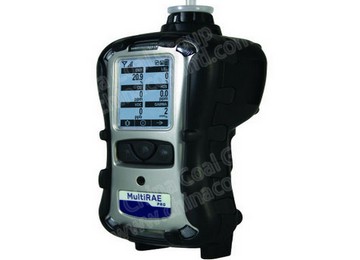

market@chinacoalintl.com
The types of gases that are often detected by gas detectors in daily work are mainly divided into three categories: combustible gas, toxic gas and VOC (volatile organic compound).
Our common combustible gases are hydrogen (H2), methane (CH4), ethane (C2H6), propane (C3H8), butane (C4H10), ethylene (C2H4), propylene (C3H6), butene (C4H8), acetylene (C2H2), propyne (C3H4), butyne (C4H6), etc.
Toxic gases are mainly: carbon monoxide (CO), hydrogen sulfide (H2S), ammonia (NH3), chlorine (CL2), sulfur dioxide (SO2), nitrogen dioxide (NO2), nitrogen monoxide (NO), carbon dioxide (CO2) .The gas detector can detect VOC gases such as gasoline, diesel, benzene, crude oil, paint, etc.
What are the "PPM" and "LEL" in the gas detector
"PPM" is the volume ratio concentration. "PPM" is a way to express the concentration of a solution, and PPM means one part per million. For solution: 1/1000 ml of solute in 1 liter of aqueous solution, its concentration is 1 PPM.
"LEL" means lower explosion limit. The lowest concentration of combustible gas that explodes in the air when exposed to an open flame is called the lower explosion limit—abbreviated as %LEL

© Shandong China Coal Group. © 2017
Address: No. 11, North of Kaiyuan Road, High-tech Zone, Jining City, Shandong Province, China
sales@chinacoalintl.com
Executive Editor: Zhang Wen / Editor: Linda Zhang